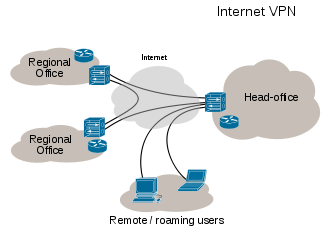Talking about Long Term Evolution (LTE) ,it is a 4G wireless broadband technology developed by the Third Generation Partnership Project (3GPP).
"Long Term Evolution" because it represents the next step (4G) in a progression from GSM, a 2G standard, to UMTS, the 3G technologies based upon GSM. LTE provides significantly increased peak data rates, with the potential for 100 Mbps downstream and 30 Mbps upstream.
LTE support mixed data, voice, video and messaging traffic and use OFDM (Orthogonal Frequency Division Multiplexing) and MIMO (Multiple Input Multiple Output) antenna technology similar to that used in the IEEE 802.11n wireless local area network (WLAN) standard. The higher signal to noise ratio (SNR) at the receiver enabled by MIMO, along with OFDM, provides improved coverage and throughput, especially in dense urban areas.
"Long Term Evolution" because it represents the next step (4G) in a progression from GSM, a 2G standard, to UMTS, the 3G technologies based upon GSM. LTE provides significantly increased peak data rates, with the potential for 100 Mbps downstream and 30 Mbps upstream.
LTE support mixed data, voice, video and messaging traffic and use OFDM (Orthogonal Frequency Division Multiplexing) and MIMO (Multiple Input Multiple Output) antenna technology similar to that used in the IEEE 802.11n wireless local area network (WLAN) standard. The higher signal to noise ratio (SNR) at the receiver enabled by MIMO, along with OFDM, provides improved coverage and throughput, especially in dense urban areas.




